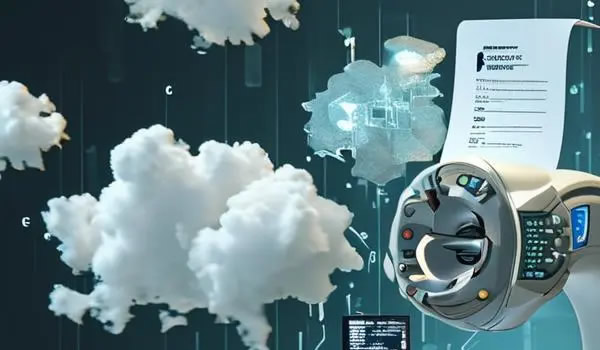Stroke is one of the leading causes of death and disability in Asia, affecting millions of people every year. It occurs when blood supply to the brain is interrupted, causing brain cells to die within minutes. Fast recognition and treatment save lives, while prevention strategies reduce long-term risks. This guide explains stroke symptoms, risk factors, treatments, and prevention with a focus on the Asian population.

What is a Stroke?
A stroke happens when blood flow to a part of the brain is blocked (ischemic stroke) or when a blood vessel bursts (hemorrhagic stroke).
- Ischemic Stroke: Accounts for about 80% of cases, caused by a blood clot or artery narrowing.
- Hemorrhagic Stroke: Caused by ruptured blood vessels, often linked to high blood pressure.
- Transient Ischemic Attack (TIA): A “mini-stroke” with temporary symptoms but a major warning sign of future stroke.
The Burden of Stroke in Asia
- High Prevalence: Asia carries more than half of the global stroke burden.
- Younger Patients: Many strokes in Asia occur before age 60.
- Lifestyle Shifts: Urban diets, smoking, and hypertension are driving rising cases.
- Unequal Healthcare Access: Rural areas often lack stroke units and rehabilitation facilities.
China, India, and Southeast Asia have some of the highest stroke rates worldwide.
Symptoms of Stroke: Act FAST
The acronym FAST helps identify stroke quickly:
- F – Face Drooping: One side of the face may droop.
- A – Arm Weakness: One arm drifts downward when raised.
- S – Speech Difficulty: Slurred or strange speech.
- T – Time to Call Emergency: Immediate medical help is critical.
Other signs include sudden vision loss, dizziness, confusion, or severe headache.
⚠️ Every minute counts—delayed treatment leads to irreversible brain damage.
Risk Factors for Stroke in Asia
- High Blood Pressure (Hypertension): The strongest risk factor, common in Asian diets high in salt.
- Diabetes: Rising rapidly across Asia, increasing vascular risks.
- Smoking and Alcohol: Heavy tobacco use in China and Southeast Asia is a major driver.
- High Cholesterol: Linked to processed foods and fast food culture.
- Sedentary Lifestyles: Office jobs and reduced activity.
- Obesity: Increasing rates in urban centers.
- Family History: Genetics plays a role, especially in younger patients.

Diagnosis of Stroke
Emergency tests include:
- CT Scan: Determines whether the stroke is ischemic or hemorrhagic.
- MRI: Detects brain tissue damage.
- Blood Tests: Identify clotting issues or underlying conditions.
- Carotid Ultrasound: Detects blockages in neck arteries.
Treatment of Stroke
1. Emergency Treatment
- Ischemic Stroke: Intravenous tPA (tissue plasminogen activator) within 4.5 hours can dissolve clots. Mechanical Thrombectomy: Removing clots through surgery within 6–24 hours.
- Hemorrhagic Stroke: Control bleeding with medication. Surgery to repair damaged vessels or relieve brain pressure.
2. Rehabilitation
Stroke recovery often requires months of therapy:
- Physical Therapy: Restores movement and strength.
- Speech Therapy: Helps regain communication skills.
- Occupational Therapy: Teaches daily living skills.
- Psychological Support: Depression and anxiety are common post-stroke.
Prevention of Stroke
Lifestyle Changes
- Control Blood Pressure: Reduce salt intake, avoid excessive soy sauce and pickles.
- Manage Diabetes and Cholesterol: Balanced diet and regular monitoring.
- Quit Smoking and Limit Alcohol: Reduces risk significantly.
- Stay Active: At least 150 minutes of moderate exercise weekly.
- Healthy Diet: Focus on vegetables, fruits, fish, whole grains, and nuts.
Medical Prevention
- Regular Screenings: Especially for those with family history or hypertension.
- Medications: Blood thinners or statins when prescribed.
- Treat Sleep Apnea: Linked to higher stroke risks.
Special Considerations in Asia
- Cultural Diets: High salt and refined carbs increase risks.
- Urban Stress: Long working hours, poor sleep, and high stress contribute.
- Healthcare Gaps: Access to emergency stroke care remains limited in many rural regions.
- Traditional Medicine: Herbal remedies are popular but must complement, not replace, modern treatment.
Action Checklist for Stroke Prevention
- Monitor blood pressure and keep it under 130/80 mmHg.
- Control blood sugar if diabetic.
- Avoid smoking and reduce alcohol.
- Exercise at least 30 minutes daily.
- Eat a diet rich in vegetables, fruits, and lean proteins.
- Attend annual medical check-ups.
- Learn the FAST method and educate family members.

Conclusion
Stroke is a devastating but preventable condition. In Asia, where cultural diets, urban lifestyles, and limited healthcare access increase risks, awareness and prevention are crucial. Recognizing stroke symptoms early and seeking immediate treatment saves lives, while long-term lifestyle changes dramatically reduce risk.
By combining modern medicine, traditional wellness practices, and community awareness, Asia can turn the tide against stroke and improve outcomes for millions.
stroke symptoms Asia, stroke recovery guide, stroke prevention